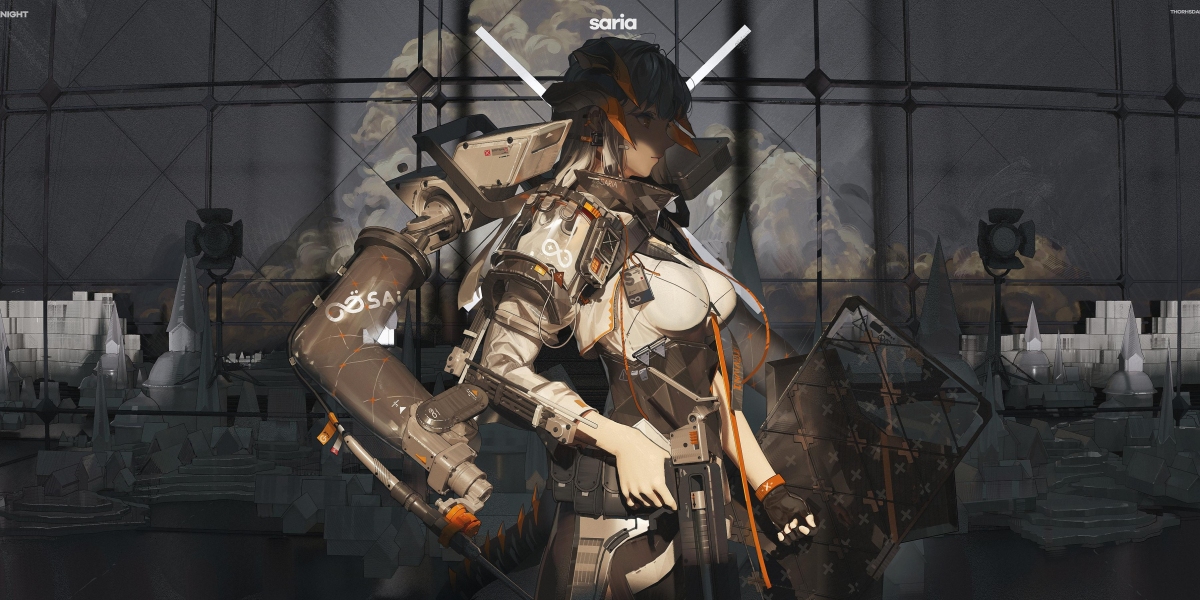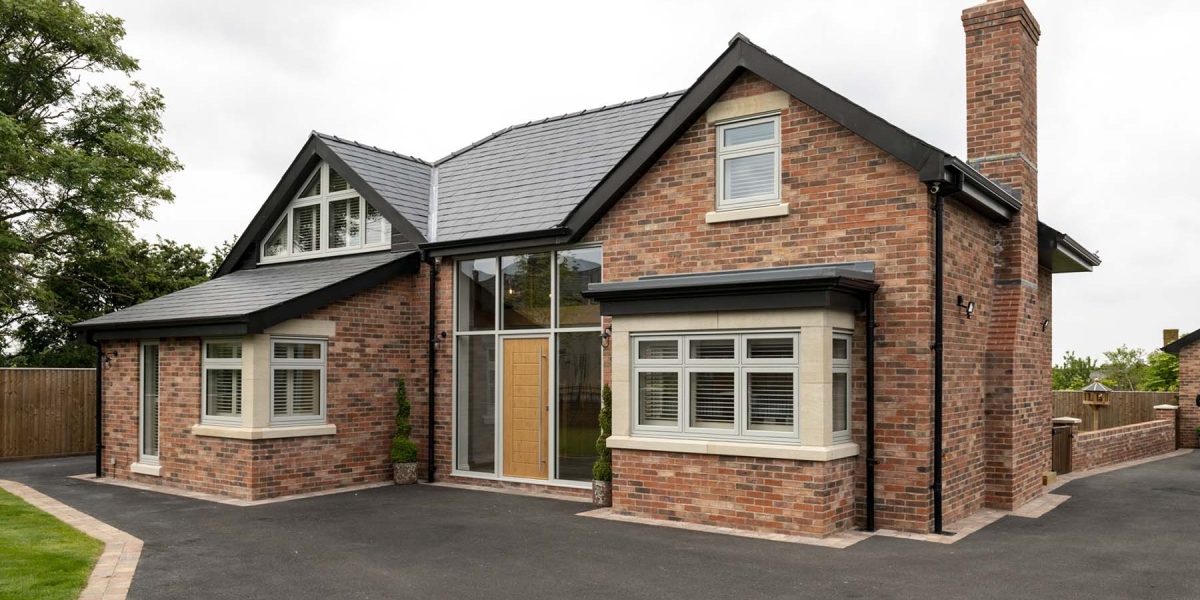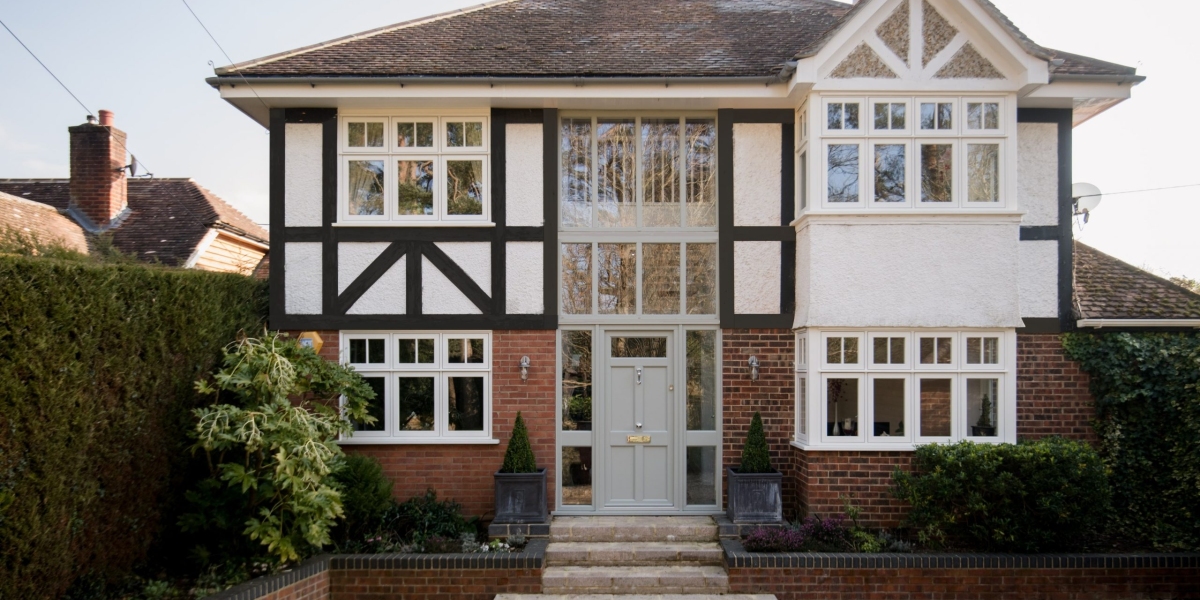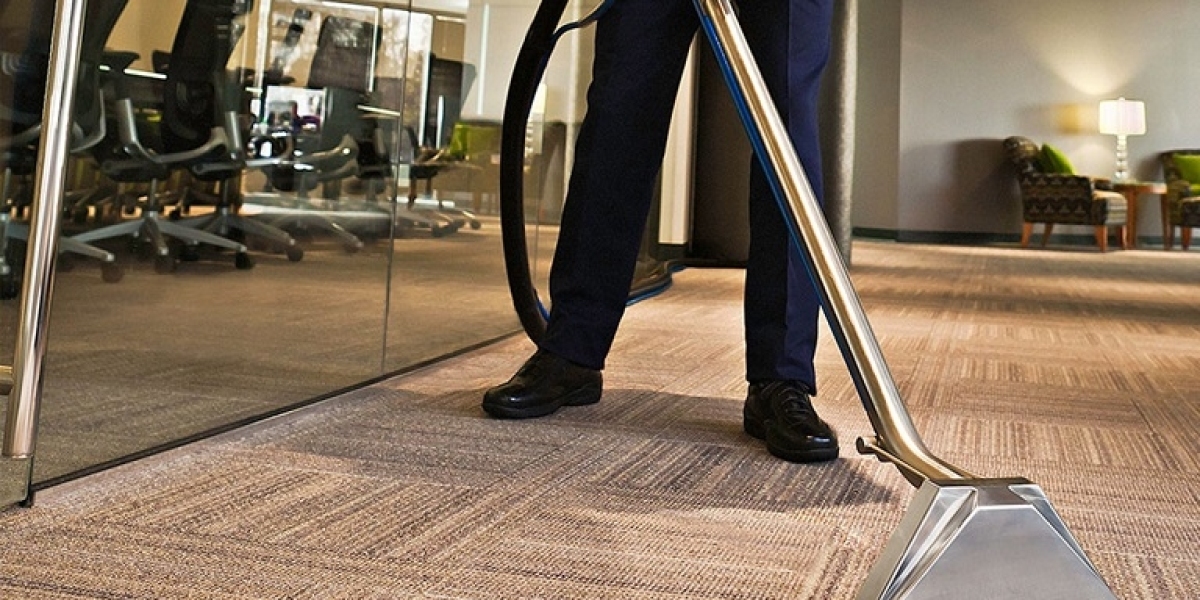Unlock the Secrets of Metal Guard Rails: Revolutionizing Construction Safety!
In the world of construction, safety is paramount. One of the unsung heroes in ensuring that safety is upheld are metal guard rails. These structures not only serve as a physical barrier to prevent falls but also symbolize a commitment to workplace safety. In this article, we will dive deep into the specifications, types, and applications of metal guard rails, providing a comprehensive understanding of their vital role in construction. Whether you are a contractor, site manager, or simply curious about construction safety, this exploration will unveil the essential features of metal guard rails and how they can revolutionize safety measures on site.
Understanding Metal Guard Rails
Metal guard rails are protective barriers designed to prevent accidents, particularly falls from heights. They are commonly installed along edges of elevated platforms, staircases, and rooftops to create a safeguard for workers and pedestrians alike. The significance of these guard rails cannot be overstated; they not only protect individuals but also foster a culture of safety awareness on construction sites. In my experience, witnessing a construction site where metal guard rails were consistently used showcased an environment where everyone felt more secure and focused on their tasks. The presence of these rails reminded workers to be vigilant and cautious, highlighting their crucial role in maintaining safety standards.
Specifications of Metal Guard Rails
When discussing metal guard rails, understanding their specifications is key to their effectiveness. Typically, these rails are made from high-strength materials like steel or aluminum, ensuring durability and resistance to corrosion. The dimensions of guard rails may vary, but they are generally designed to stand at a height of 42 inches, which is the standard for most safety regulations. Additionally, weight capacity is an important specification; most metal guard rails can withstand a force of up to 200 pounds per linear foot. Compliance with safety standards, such as those outlined by OSHA (Occupational Safety and Health Administration), is crucial, as it ensures that the guard rails are fit for purpose and will perform effectively in a real-world setting. A colleague once shared how their team had to replace existing guard rails that didn’t meet these specifications, resulting in costly delays and a renewed focus on adhering to safety guidelines.
Types of Metal Guard Rails
Metal guard rails come in various types, each tailored to specific needs and scenarios on construction sites. Fixed guard rails are permanently installed and provide a continuous barrier, ideal for areas with high foot traffic. Removable guard rails, on the other hand, are designed for flexibility; they can be taken down when not needed, making them suitable for temporary applications. Adjustable guard rails are another option, allowing for customization in height and positioning based on the task at hand. Each type offers unique features and benefits, catering to different safety requirements. A friend who manages a large construction project once described how using adjustable guard rails allowed his team to adapt to varying site conditions, significantly enhancing safety without sacrificing productivity.
Applications of Metal Guard Rails in Construction
The applications of metal guard rails are vast, spanning across residential, commercial, and industrial construction projects. In residential settings, they are often installed around decks or balconies to prevent falls, while in commercial buildings, they can be found on rooftops or around staircases. The industrial sector also utilizes these guard rails extensively, particularly in warehouses where elevated platforms are common. The effectiveness of metal guard rails in preventing accidents is well-documented; they not only deter falls but also encourage a proactive safety culture among workers. I recall a project involving the construction of a high-rise building where the team implemented metal guard rails at every level. The result was a dramatic reduction in safety incidents, underscoring their importance in protecting workers and reducing liability for the company.
Ensuring Safety through Metal Guard Rails
In conclusion, metal guard rails play a pivotal role in enhancing safety in construction environments. From their specifications to the various types available and their applications across different sectors, it’s clear that these structures are fundamental to accident prevention. As the construction industry continues to evolve, the importance of implementing robust safety measures, such as metal guard rails, cannot be overlooked. By prioritizing safety through the use of these guard rails, we not only protect workers but also foster a culture that values safety above all else. For anyone involved in construction, considering the integration of metal guard rails in future projects is not just wise; it is essential for creating a safe working environment.








